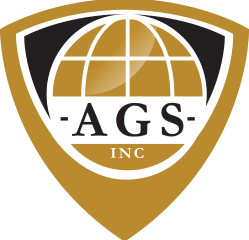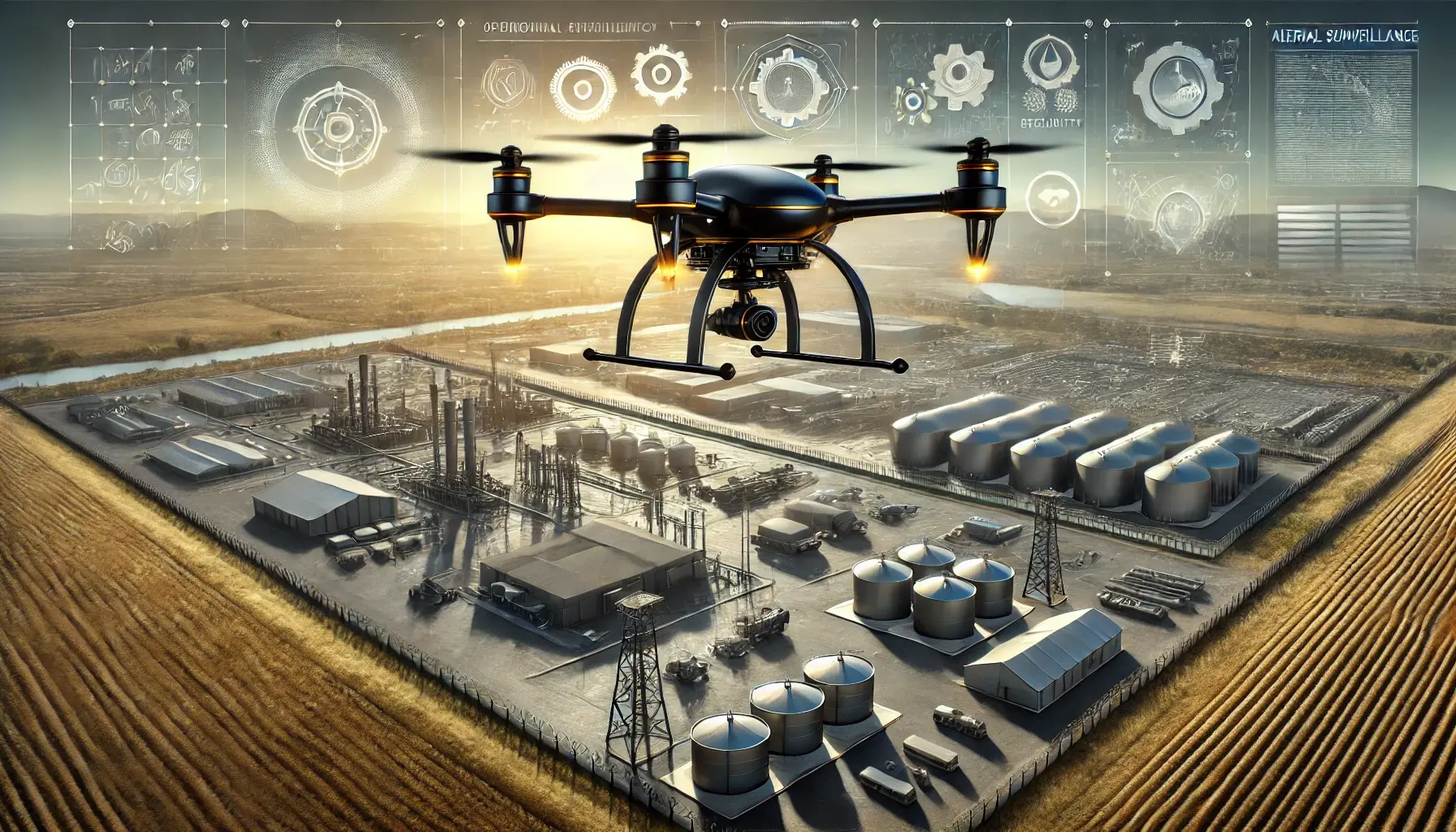Why Industrial Facilities Need Aerial Surveillance in Remote Locations
Industrial facilities located in remote areas face unique security challenges that require advanced and proactive solutions. From protecting valuable equipment to monitoring hazardous zones, the need for effective surveillance has never been greater. Aerial surveillance using drones has emerged as a game-changing solution, offering industrial facilities the ability to secure their operations efficiently and reliably. Here’s why industrial facilities need aerial surveillance in remote locations and how drones are transforming security. Need help setting up aerial drone security for your facility?
1. Challenges Faced by Remote Industrial Facilities
Remote industrial facilities, such as warehouses, manufacturing plants, and logistics hubs, often operate in expansive areas far from urban centers. These settings come with distinct security challenges:
Large Perimeters: Monitoring extensive boundaries is time-consuming and prone to blind spots.
Isolation: Facilities in remote locations are more vulnerable to theft, vandalism, and unauthorized access due to limited nearby law enforcement support.
Hazardous Zones: Areas such as chemical storage, high-temperature zones, or elevated structures pose risks that make human monitoring difficult.
Delayed Response Times: Detecting and responding to security breaches takes longer, increasing the potential for damage or loss.
Operational Disruptions: Security issues can lead to costly interruptions in production or logistics processes.
2. How Aerial Surveillance Addresses These Challenges
Aerial surveillance with drones provides tailored solutions to the challenges faced by remote industrial facilities. Here’s how:
Comprehensive Coverage: Drones equipped with high-resolution cameras and thermal imaging can patrol vast perimeters efficiently, eliminating blind spots and providing a bird’s-eye view of the facility.
Real-Time Monitoring: With live video feeds, drones allow security teams to monitor operations and detect suspicious activities as they occur, ensuring timely intervention.
Proactive Threat Detection: AI-powered drones can identify unusual patterns or movements, such as unauthorized vehicles or individuals, and alert security teams immediately.
Safe Monitoring of Hazardous Zones: Drones can navigate hazardous areas, capturing detailed visuals without putting human personnel at risk.
Rapid Response: Drones can be deployed instantly to investigate alarms or anomalies, significantly reducing response times.
3. Use Cases for Aerial Surveillance in Remote Locations
Drones are versatile tools that address specific security needs across various industrial scenarios:
1. Theft Prevention: Facilities storing valuable equipment or inventory are prime targets for theft. Drones can patrol storage areas, monitor entry points, and deter criminal activity with visible aerial presence.
2. Hazardous Zone Monitoring: Drones can safely inspect areas like chemical storage zones, high-temperature processes, or elevated platforms, reducing the need for human intervention in dangerous environments.
3. Logistics Oversight: For logistics hubs, drones can monitor vehicle movements, loading and unloading zones, and identify traffic bottlenecks that could disrupt operations.
4. Emergency Response: In the event of a fire, chemical spill, or security breach, drones can provide real-time visuals to guide emergency teams, ensuring a faster and more effective response.
5. Routine Inspections: Drones can perform regular inspections of infrastructure, such as fences, roofs, and pipelines, identifying potential issues before they escalate.
4. Benefits of Drone Surveillance for Industrial Facilities
The advantages of implementing aerial surveillance in remote industrial facilities are numerous:
1. Enhanced Visibility: Drones provide comprehensive coverage, ensuring no area of the facility is left unmonitored.
2. Cost Savings: By reducing reliance on static infrastructure and ground patrols, drones lower long-term security costs.
3. Increased Safety: Drones minimize risks to human personnel by taking over hazardous monitoring tasks.
4. Proactive Security: AI-powered drones shift the focus from reactive responses to proactive threat detection.
5. Scalability: Drone systems can easily adapt to the size and complexity of your facility, whether you manage a single site or multiple locations.
6. Operational Efficiency: Real-time monitoring and rapid response capabilities reduce operational disruptions caused by security incidents.
5. Key Features to Look for in Drone Surveillance Solutions
When selecting a drone surveillance system for your remote industrial facility, prioritize these features:
| Feature | Importance |
|---|---|
| High-Resolution Cameras | Ensures clear visuals for effective monitoring. |
| Thermal Imaging | Enables surveillance in low-light or hazardous areas. |
| AI-Powered Analytics | Detects anomalies and suspicious behavior. |
| Automated Patrols | Reduces reliance on manual operation. |
| Weather Resistance | Ensures reliable operation in challenging environments. |
| Integration Capabilities | Seamlessly connects with existing security systems. |
6. Making the Case for Drone Surveillance
Implementing drone surveillance in remote industrial facilities is more than just a security upgrade; it’s a strategic investment. Here’s why:
Return on Investment: Drones reduce costs associated with manpower, prevent inventory loss, and minimize operational disruptions, delivering measurable ROI over time.
Scalability and Flexibility: As your facility grows or evolves, drone systems can scale to meet your changing needs without requiring significant infrastructure upgrades.
Enhanced Security: Drones offer real-time, proactive security measures that static systems and human patrols cannot match, ensuring your facility remains protected around the clock.
Frequently Asked Questions (FAQs)
Q: Are drones suitable for all types of remote industrial facilities? A: Yes, drones can be customized to meet the unique needs of warehouses, manufacturing plants, and logistics hubs.
Q: How do drones handle privacy concerns? A: Drones can be programmed to focus only on designated zones and use encrypted systems to ensure data security.
Q: Can drones operate in extreme weather conditions? A: Many professional-grade drones are designed for reliability in rain, wind, and other challenging environments.
Q: Are drones cost-effective for smaller facilities? A: Absolutely. Drones provide significant value by reducing manpower needs and infrastructure costs, even for smaller sites.
Q: How do drones integrate with existing security systems? A: Modern drones can seamlessly connect with CCTV, alarms, and access control systems, creating a comprehensive security solution.
.png)
.png)
.png)

.png)
.png)

.png)
.png)
.png)
.png)
